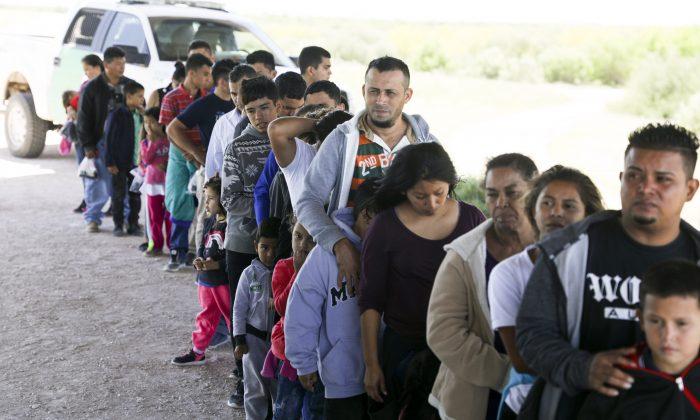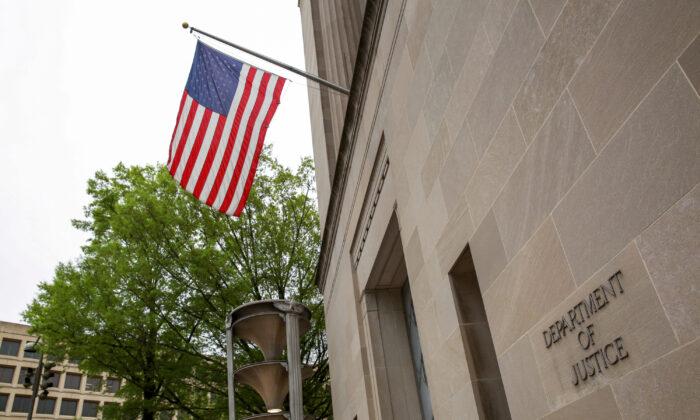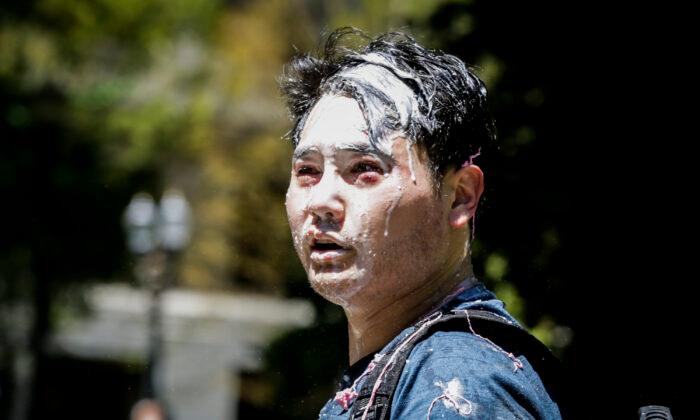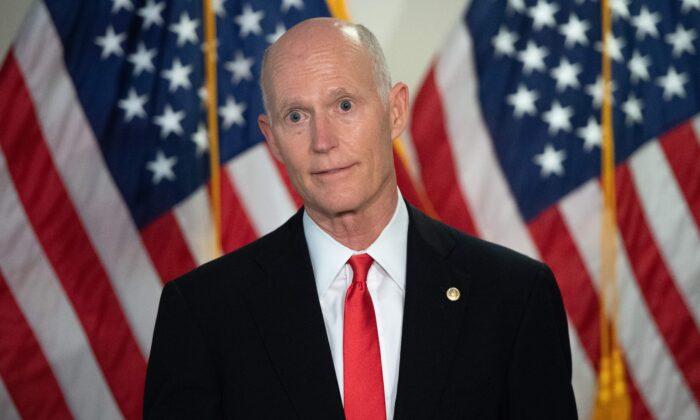Thousands of migrants who have been sent to Mexico to wait for courts to process their asylum claims under the Trump administration’s “Remain in Mexico” policy are starting to voluntarily return home, according to a report released by the Department of Homeland Security (DHS).
The Trump administration has ramped up efforts in the past year to address the influx of illegal immigrants crossing into the United States and restore integrity to the immigration system. One of the administration’s top priorities is to end loopholes from the current “catch and release” policy, in which migrants are released into the interior of the country as they await a court hearing, often never to be seen again.
More than 55,000 immigrants had been sent to Mexico under the MPP, but there are currently only about 20,000 people sheltered in northern Mexico near the U.S. border, waiting to enter the United States, DHS said, citing Customs and Border Protection (CBP) numbers.
This has led the department to conclude that “aliens without meritorious claims—which no longer constitute a free ticket into the United States—are beginning to voluntarily return home.”
The MPP assessment, released on Oct. 28, found that the policy had demonstrated operational effectiveness by reducing the number of illegal immigrant apprehensions and restoring integrity to the immigration system.
DHS said they were able to see a connection between the MPP and the declining number of apprehensions at the southern border. Since May, where the number of apprehensions hit its peak at 144,000, the number of detained or those found inadmissible at ports of entry decreased by 64 percent through to September.
“Although MPP is one among many tools that DHS has employed in response to the border crisis, DHS has observed a connection between MPP implementation and decreasing enforcement actions at the border—including a rapid and substantial decline in apprehensions in those areas where the most amenable aliens have been processed and returned to Mexico pursuant to MPP,” the department stated.
The department also said the policy is helping migrants with meritorious claims by granting relief or protection within months as opposed to years.
“The Migrant Protection Protocols has been a key component to the success we have had addressing the crisis,” said acting Secretary Kevin McAleenan, while announcing the expansion of the policy to Eagle Pass, Texas.
“We are confident in the program’s integrity and ability to adjudicate asylum claims quickly and with all due process. We have already seen individuals granted asylum, and many more fraudulent or nonmeritorious cases closed.”
Resistance to the MPP
The implementation of the MPP has not been without resistance, with critics arguing that the policy puts migrant lives at risk by forcing them to wait in Mexico, which is plagued with crime and violence.“Not only does this policy do nothing to protect either migrants or U.S. interests, but we have grave concerns about its legality, recent efforts to expand it, and the dangerous conditions it forces asylum seekers to endure while waiting for their cases to be heard,” the senators wrote.
“MPP enhances the integrity of the system by getting immigration court results at much faster pace than the nondetained docket in the U.S., while keeping families together and without keeping them in custody,” he said.
“It is expressly provided for in law, and conducted in partnership with Mexico, who has committed to appropriate humanitarian protections and work authorization in Mexico for migrants in the adjudication process.”




